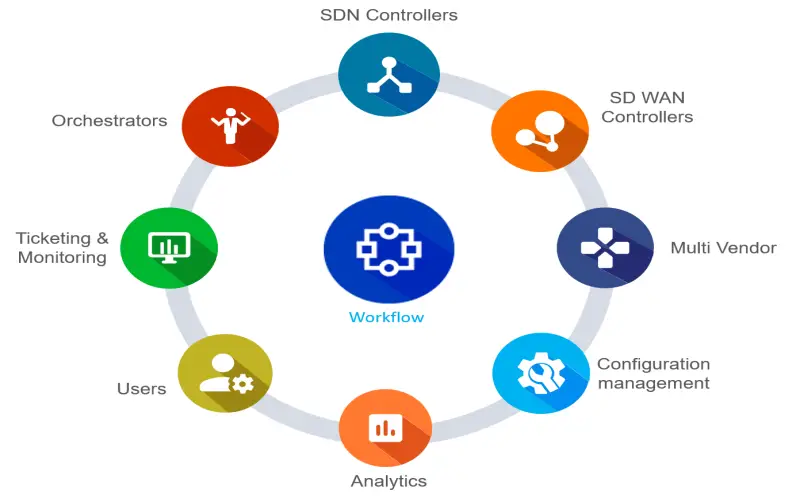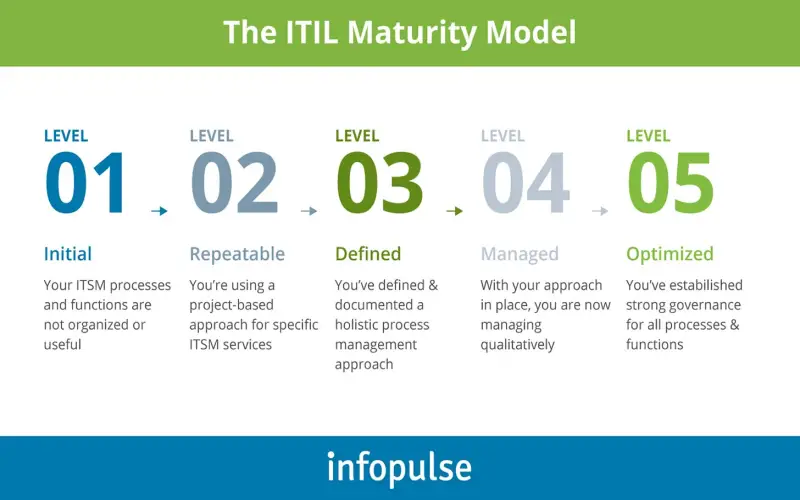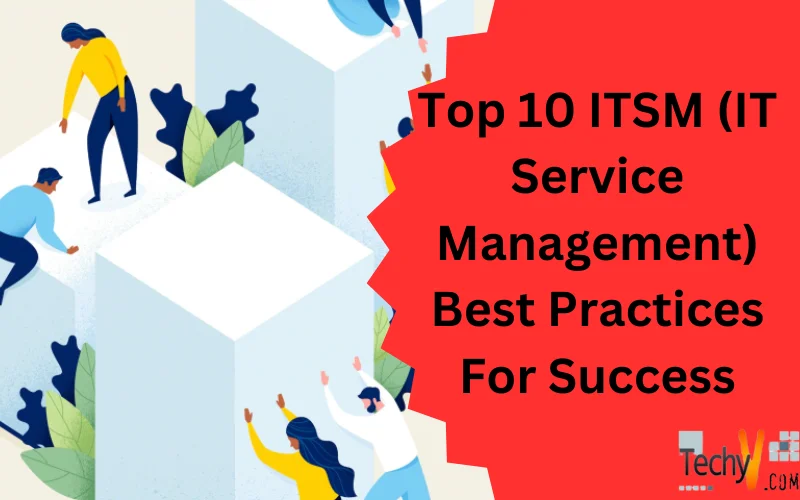IT Service Management (ITSM) frameworks provide structured guidance to manage the delivery of IT services end-to-end while optimizing costs. However, simply implementing the ITIL guidelines or processes from your chosen framework is not enough to guarantee ITSM success. Organizations need to embrace core ITSM best practices across people, process, and technology areas to ensure smooth adoption, and stakeholder buy-in, and to drive continual service improvements over time. Across various industries worldwide, the top-performing IT support teams tactically build up ITSM capabilities. As IT leaders and technology executives, we need to focus on specific high-impact areas and master the fundamentals before expanding the scope. I outline the top 10 ITSM best practices to ingrain into your IT support teams, processes, and systems to set up ITSM programs for success now and into the future.
1. Strategically Deploy IT Service Automation
IT service automation should be judiciously incorporated across the incident, problem, change, and release processes based on value. Database administrators (DBAs) need to balance enabling self-service while maintaining control and compliance. For example, integrate conversational chatbots to handle routine password resets, access requests, and responses to common service inquiries. Use modular automation playbooks to implement approved changes faster with fewer errors across network, storage, server, database, and application layers. Carefully determine what operational processes to automate based on volume, risk, business-criticality, and repetitive manual efforts.

2. Embrace An Organization-Wide Culture Shift
An ITSM mindset needs to be fostered at all levels from frontline staff to C-suite leadership for true transformation. Employees across IT, business units, and partners need to understand their role and the value of structured ITSM processes versus ad-hoc work. For example, change approvers must commit to reviewing and approving changes promptly to avoid delays in technology refresh and delivery of new capabilities. Through training, coaching, and enablement, IT teams need to take ownership of the ITSM processes instead of perceiving them as extra work. Leadership needs to incentivize ITSM behavior through individual goal-setting and performance management.

3. Not Avoiding Customizations Altogether
While ITSM best practices encoded in frameworks such as ITIL and COBIT provide proven guidelines, some customization is often required to match each organization’s unique size, industry, regional requirements, and IT environment. For instance, adding emergency change approval steps, additional validations into automation playbooks, customized notifications, and localized terminology. However, limit customizations only to critical gaps otherwise processes become fragmented, inconsistent, and hard to follow. Find the right balance between out-of-the-box functionality and tailored enhancements.

4. Augment Self-Service With Knowledge-Centric Service (KCS)
Effective self-service needs to be underpinned by structured knowledge. KCS provides a scalable methodology and principles to capture knowledge articles and recommendations during service desk interactions for continual reuse in automation and AI. Knowledge has to be living content, updated in real-time as configurations, solutions, and issues change. AI-powered search makes it easier for end users to find relevant articles across connected knowledge bases. Gamification keeps contributors engaged.

5. Centralize ITSM Tooling And The Fulfillment Process Using A Help Desk
Managing varied inbound channels and decentralized IT teams often results in fragmented customer experiences. Routing all requests via a centralized help desk and unified ITSM tool removes these pain points through consistent SLA policies, automated triaging, and streamlined communications tracked in one system of record. Customers experience improved first-contact resolution. IT teams from infrastructure to applications collaborate seamlessly under “one version of the truth” with 360-degree visibility across their organization’s services and relationships.

6. Improving ITSM Outcomes With The Right Metrics
Data-backed insights help IT leaders make informed decisions on ITSM improvements. Critical capability and process metrics need to be defined, tracked, and analyzed such as first contact resolution rates, SLA breaches, change failure rate, mean time to repair, and application availability. However, metrics should focus on outcomes over merely activity tracking. For instance, measure software defect resolution pace alongside change volume. Leverage automation to track metrics consistently.

7. Focusing On End Users Instead Of Processes
While processes are key enablers, the needs of end-users and customers should stay centerstage. ITSM programs have to focus on delighted users through greater stability and availability of business services, faster resolutions, and continuous enhancement of service offerings. Surveys, focus group sessions, and leveraging user data help guide IT roadmaps. Creative user experience design, segmentation, and journey mapping provide customer-centricity.

8. Preparing Teams For A Change In Work Culture
ITSM adoption causes some fundamental shifts in systems and culture. IT pros transition from reactive firefighting to predictive service management leveraging analytics. Instead of siloed work, collaboration is fostered cross-functionally across resolver groups. Leadership style also evolves from commanding to coaching. Proactively preparing teams for these changes through training, goal setting and vision alignment prevents ITSM inertia.

9. Continuously Evaluating For Continuous Improvement
Regular assessments of process health, technology effectiveness, user sentiment, and performance metrics provide the foundation for improvement. For example, are changes causing unexpected system downtime? Is the knowledge base helping drive greater first-contact resolution? Are end-users perceiving value from newer self-service automation features? Tracking trends across metrics helps identify opportunities for ITSM advancement. Independent audits also provide unbiased insights.

10. Prioritizing ITSM Competency Building
While basic ITSM awareness across IT teams is crucial, dedicated ITSM expertise is equally critical. Personnel certified on key ITSM frameworks such as ITIL, COBIT, and ISO 20000 provide in-depth proficiency to oversee adoption. They disseminate evolving best practices, spearhead process design projects, and conduct training. Building a competency development program produces well-rounded ITSM professionals to lead transformations.


















